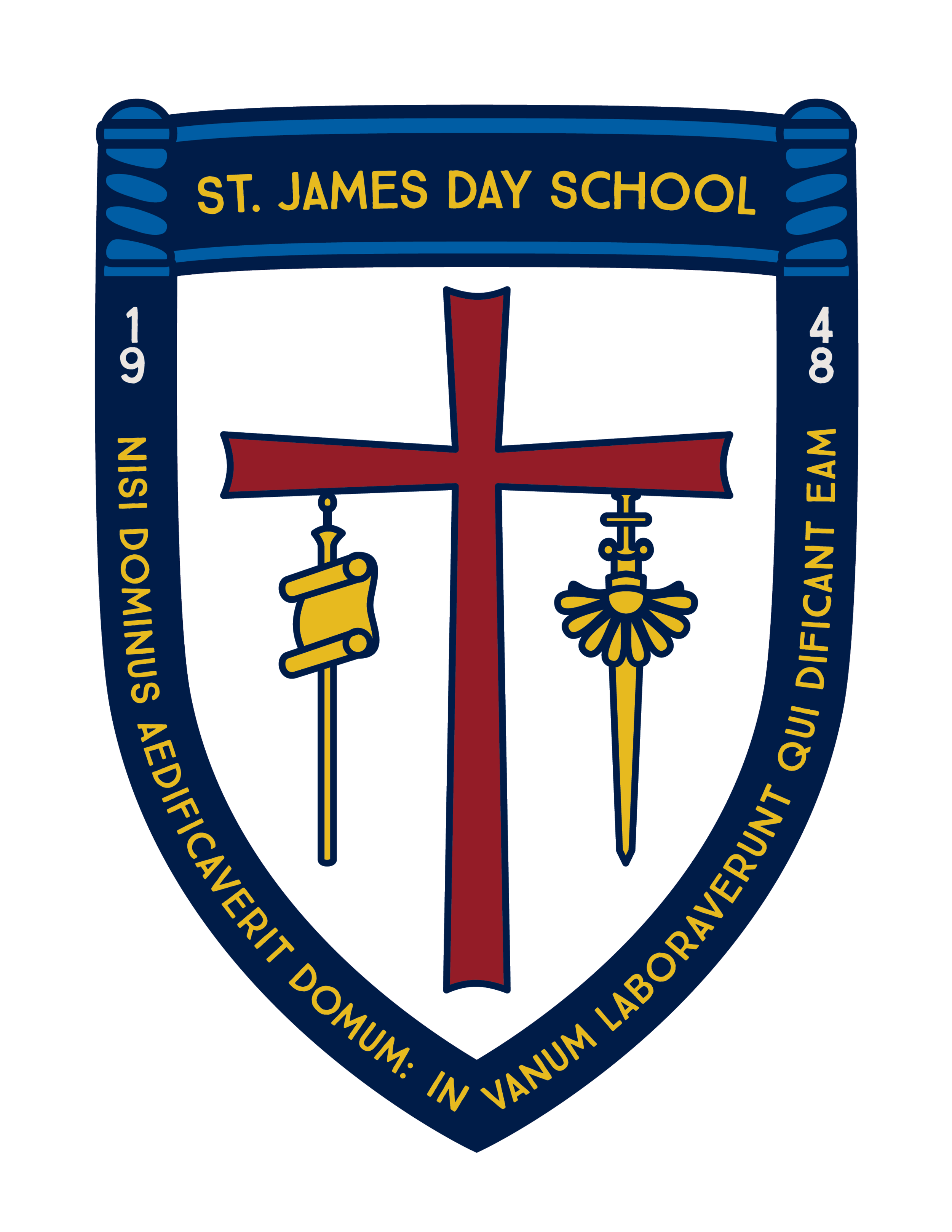Fifth grade students are literally digging deep into science! In our Landforms unit, students learn about the Grand Canyon and study the processes of erosion and deposition by making their own stream tables. This hands-on approach lets students see first-hand how erosion and deposition create landforms such as deltas, channels, meanders, and alluvial fans. Working in their lab groups, students have been taking on different roles each week to participate in the investigations. Some students gather the set-up materials, some put together the stream tables, and others record the observations of the experiments. We switch out the roles with each investigation. So far, we have performed standard experiments by running a liter of water through a plastic container with a small hole to witness the effects of the water on a 20 centimeter “plateau” of sand and clay, colored the water with blue dye to observe more clearly the channels and deltas created as the water runs through the table, and provided a slope by positioning a wood angle under the tray to determine how faster-flowing water erodes the earth material. (We learned that the water carries the material farther and creates more fan-shaped deltas and more deposits). Later this week, students will flood the stream tables and notice the effects of large amounts of rapidly moving water. Finally, students will end their erosion investigations by designing their own investigation and testing the processes with their own ideas. Teaching science in this interactive format is a wonderful experience personally as I watch students truly grasp the concepts they are studying. There’s no better reward than seeing students really “get it”!
Children learn best by doing, and this motto informs a great deal of our 5th grade curriculum. Interactive practice not only increases students' energy as they get out of their seats and move around, but it also helps their brains to make deeper connections with the learning material. Three weeks into the school year, fifth graders have used their early finisher and recess time to build small-scale STEM projects and have created models of our school campus in the Science lab. They have also played "sentence station" in Language Arts to hone topic sentences. In groups of three, students rotated through a series of paper bags that contained a variety of short paragraphs, which were missing topic sentences. After reading each paragraph, each group devised a topic sentence for that paragraph, wrote it on a slip of paper, and deposited in the paper bag. We shared the students' ideas among the whole class afterwards, and there were several excellent examples. I'm a believer that movement sharpens comprehension, and so, if you see fifth graders out and about with clipboards, various "building tools", or writing implements, more likely than not, these students are knee-deep in learning!
